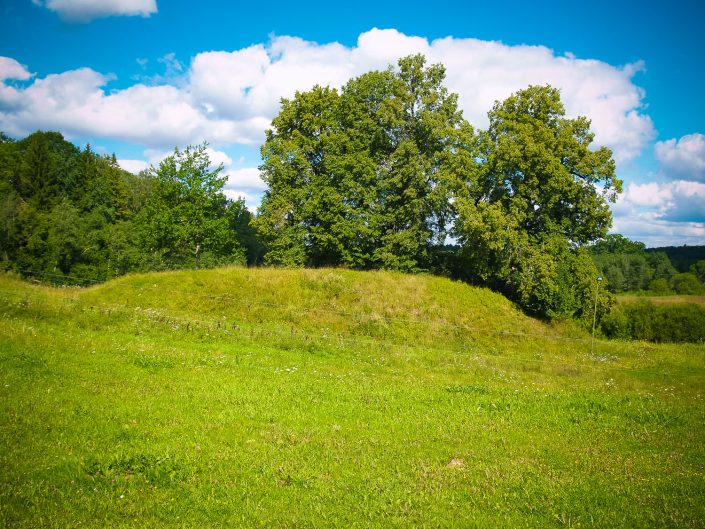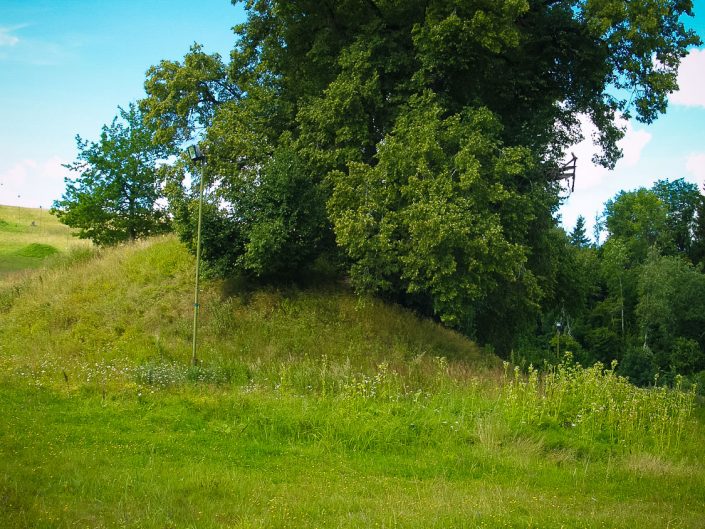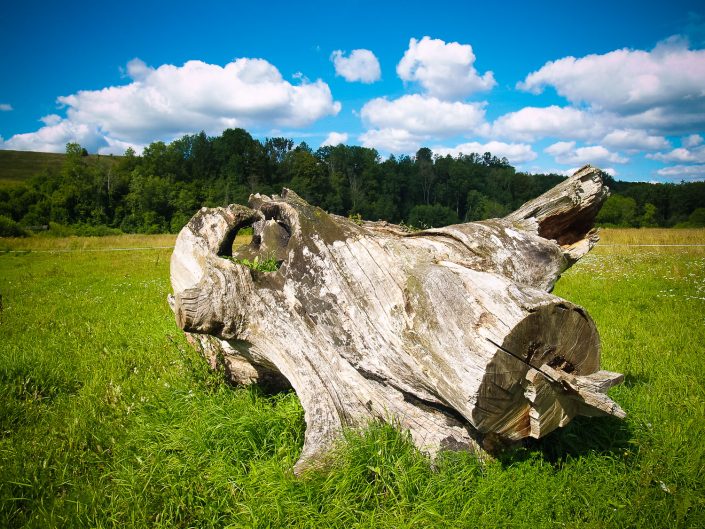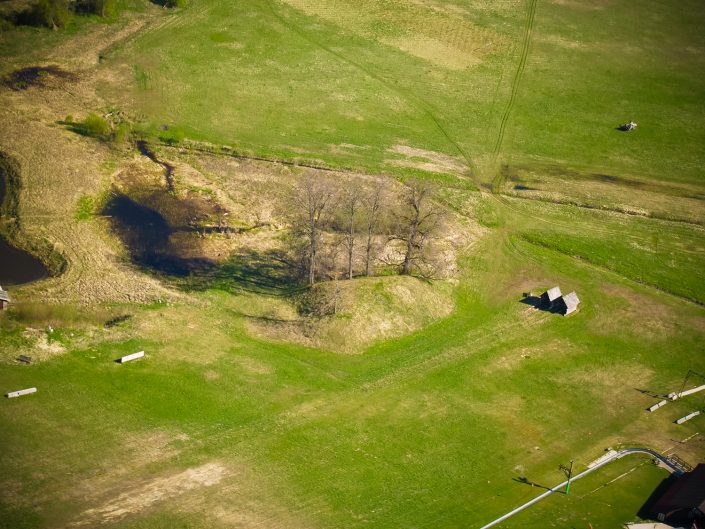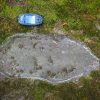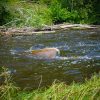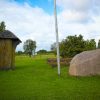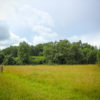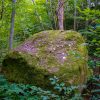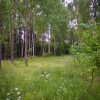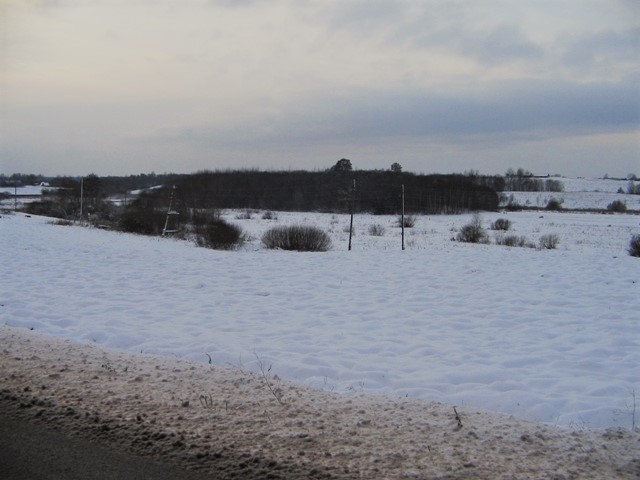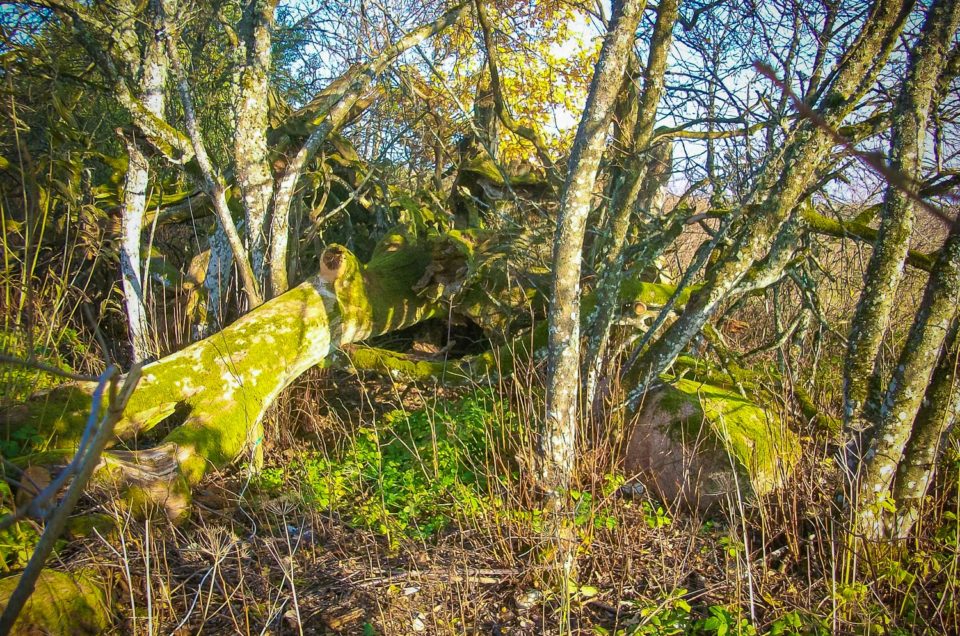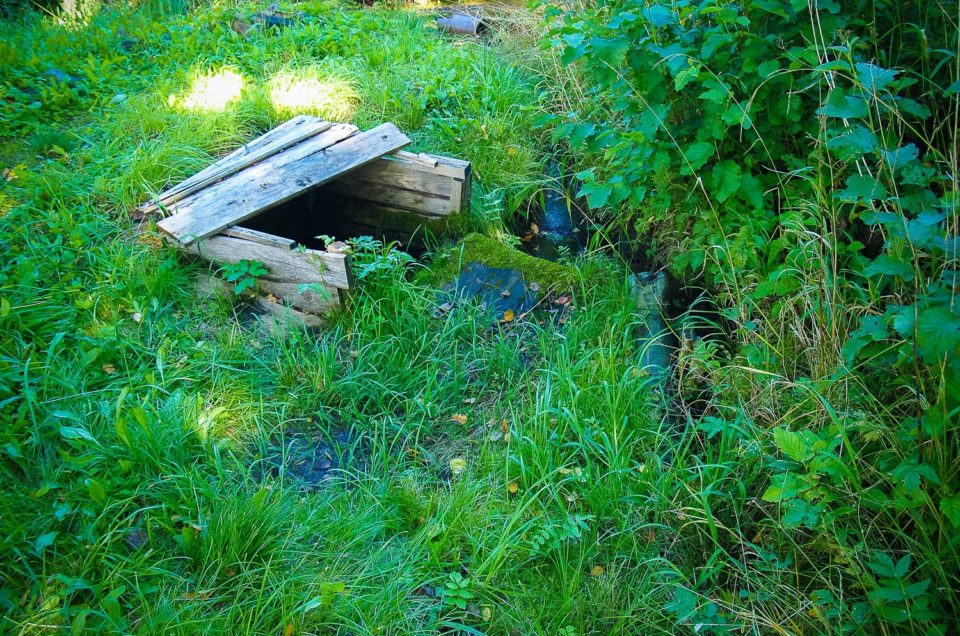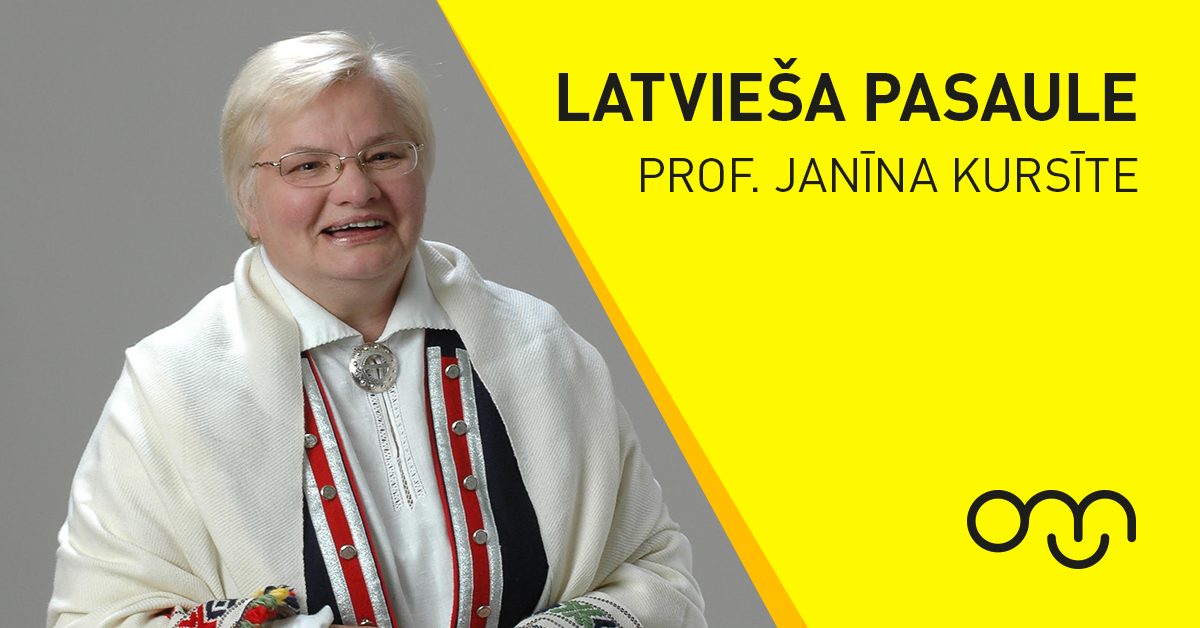Zviedru cepure (The Swedish Cap) is a longish rounded triangular hill situated in the direction SW – NE and well separated from the surroundings. The size of the top even part of the hill is around 12 x 25 m, its sides are very steep, possibly, made so artifically. The steepest slope is the north one, which is 10 metres high. On the top of the hill a big oak (circumference 5.4 m) used to grow, however it was burnt from inside in 1984 and, as a result, it came down in 2005. Growing on the north slope is a big lime-tree (circumference 3.4 m). Legends say that the hill was shovelled with hats to cover the grave of the fallen Swedish soldiers; the oak used to represent a Swedish general, but the lime-tree – his wife. According to other tales, the Piltiņkalns hill used to be a family graveyard site of the Ķempji homestead and artefacts have been found there. Some scholars have expressed the opinion that the hill could have been a small fortified area or a hill fort, however, no cultural layer can be identified on the hill to prove it. Still other opinion holds that the Piltiņkalns Hill is an artifically decorated ancient shrine.
Small and fragmentary narratives have been recorded about Ķempji Piltiņkalns Hill which often are very similar, therefore just a compilation of diverse narratives is provided: 1) In Piltiņkalns Hill two Swedish officers were buried whose inferiors had brought the earth for the hill in their caps, therefore the hill is called the Swedish Cap. Some Swedish general is said to be buried there as well as 200 soldiers with all their horses or a Swedish military commander and his wife. There is an opinion that an oak tree and a linden were planted there to their honour. It is believed that during the Swedish War a cannon was there for shooting at Sabile. It might as well be that the hill was shovelled by Russian soldiers for firing at Sabile town. It is thought that the hill appeared during the Swedish-Polish War. The Swedes were defeated and as a result many soldiers died. The ones who were alive buried their fellows in a common grave and filled the grave with earth shovelled by their caps. To honour their commander they planted an oak, and to honour his bride who was expecting her beloved to return home they planted a linden. 2) Not far from Matkule and Sabile, on a slope of a hill a small hummock with a huge oak on it stands out – the Swedish Cap. According to a legend the hillock appeared during the Swedish-Polish War. The Swedes were defeated and as a result many soldiers died. The ones who stayed alive buried their fellows in a common grave and filled the grave with earth shovelled by their caps. To honour their commander they planted an oak, and to honour his bride who was expecting her beloved to return home they planted a linden. Thus for hundreds of years the oak and the linden, a little lower, have been reaching out for each other. Unfortunately in 1980s some adventurous people burnt the middle of the oak trunk and it does not look as great as it once used to. (“Tukuma Ziņotājs”, January 4, 2001)
The hill that stands out well and distinguishes itself plays a visible role in the natural as well as urbanized recreation complex landscape. On one of the steep sides of the hill a linden grows, but the huge oak which used to grow on the hill came down in 2005 and now its trunk has been pulled further into the meadow towards the Abava River. The stump of the broken oak has been sawn. At the moment of the visit the Piltiņkalns Hill was not mowed, although it is mowed and soon is to be mowed. Straight along the hill there is a skiing track and ski lift wire cables; the Piltiņkalns Hill is well visible from the ski lift. There is a nice view towards the hill from the recreation complex access the road, i.e., from the verge of the Abava valley. However, nowhere there are directions or information on the Piltiņkalns Hill itself.
Extra materials:
Contains information from the project:

Added by
www.latvijas-pilskalni.lv, www.senvietas.lv un hillforts.eu izveidotājs un uzturētājs.
